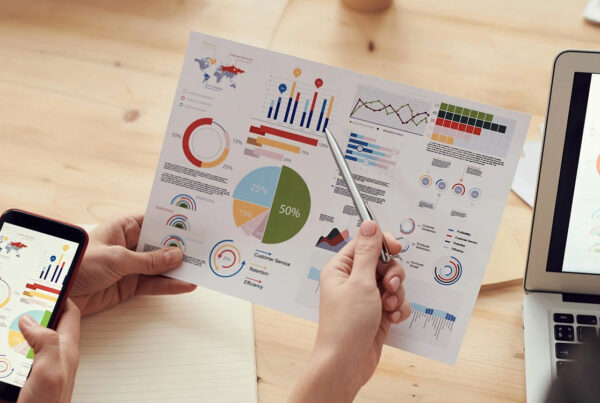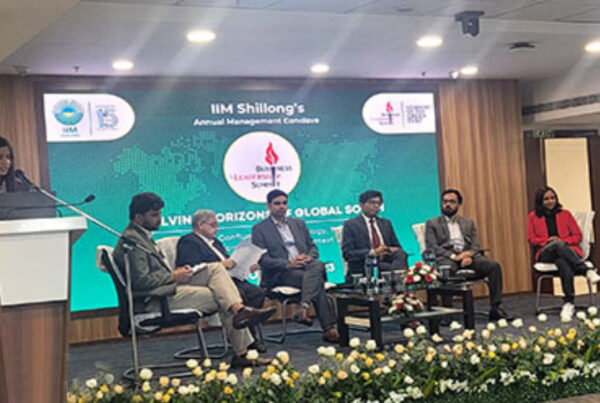Pollution and global warming are among the key concerns facing economies and governments worldwide. These are the consequences of the rapid exploitation of the earth’s natural resources that are not unlimited. A green planet is the need of the hour. Today, every industry, small or big, is working towards reducing carbon emissions, including the real estate business. Developers are making changes to the way they construct by adopting new technologies, materials, design etc. to reduce the impact on the environment. Green building is one of the important initiatives towards achieving the sustainability goals.
The advancements in green building technology over the past few decades are a positive step in this direction.
What is green building technology?
Green building technology refers to the use of sustainable methods to construct buildings.
Its purpose is twofold: to ensure sustainability of the building process and to minimize the carbon footprint.
Green technology in buildings covers every step in the construction process, from designing the building up to its maintenance and renovation thereafter. This includes the use of natural resources or recycled materials, and addition of technological features to control or reduce the energy, water requirement as well as waste generation.
Buildings are responsible for 40% of the carbon emissions in the US. Of this, 27% of the emissions occur during construction, while the remaining 13% is attributed to repair and maintenance over the years.
Key green building technologies
Zero energy buildings
These are self-sufficient buildings, and they generate all the energy that they require through renewable sources. Zero-energy homes are considered the hallmark of green building technology. These homes produce zero carbon emissions and are, therefore, truly sustainable buildings.
Moreover, with the rapid developments in green building technologies, the cost of sustainable construction is on a downward trend. To encourage people to shift to green building technologies, governments are giving additional benefits as incentives.
The US government, for instance, currently offers a 30% tax credit on solar investments, along with several money-back schemes, for those who install the renewable energy system. Another way to drive adoption of green buildings is through regulations and mandates that require buildings to meet certain energy efficiency or sustainable standards.
Cool roof
Conventionally, the most popular method of cooling down in the heat is to install an air conditioning system in the room. Air conditioners release gases that heat the atmosphere. During the peak summer season, especially, ACs can account for over 60% of the demand for electricity.
Cool roofs are designed to reflect light and absorb very little of it. Buildings with cool roof systems have a lower interior temperature than those with conventional rooftops.
Electrochromic smart glass
In aesthetically constructed buildings, large windows for ample natural light are a common feature. The big glasses make way for sunlight, which is a welcome feature during the winter. However, this could prove inconvenient during the summer months when cooling is required.
Electrochromic smart glass technology makes use of a tiny bolt of electricity to charge the surface of the window glass. As a result, one can control the amount of light filtering in through the windows.
Light can also be blocked out most of the time. The sun’s rays will get reflected from the window surface instead of getting absorbed. Alternatively, to allow sunlight inside, the absorption powers can be increased.
Solar power
Solar power has emerged as one of the most popular green building technologies, even among retail consumers. A solar power harvesting system helps in reducing carbon emissions. When installed in buildings, it eliminates or reduces the need to consume electricity.
With the increase in adoption in the retail customer segment, the cost of installing and maintaining a solar power harvesting system has been gradually reducing, thus making it affordable. This bodes well for the large-scale adoption of this alternative energy.
Smart home
Smart home typically includes thermostats, smart water leak and freeze detectors, smart home security systems, smart bulbs, etc. These are highly energy-efficient, being capable of detecting changes in energy requirement and inefficiencies. This helps in significantly reducing energy consumption and the wastage of electricity and other resources such as water and gas.
To conclude
Green building technologies can be used across the lifecycle of the building, from design conceptualization to execution and maintenance. They offer several advantages related to health, safety, and the environment. This is because they facilitate energy optimization and reduce wastage.
That said, there are challenges, too. These are largely related to the cost of these technologies, technical complications and complexities, lack of familiarity or adequate information, initial resistance to change, and regulatory issues, to name a few.
However, with advancements in green technologies, their affordability and compatibility will only improve. The silver lining is the growing realization of industry stakeholders, consumers and governments to switch to green technologies in construction, given their role in environmental sustainability. As long as this builds up, the prospects are good.
For more in Business Research, connect with Bhasker Canagaradjou, VP, Avalon Global Research.




